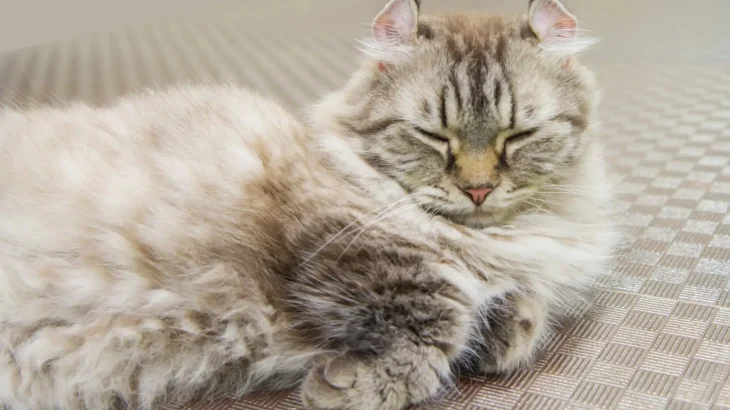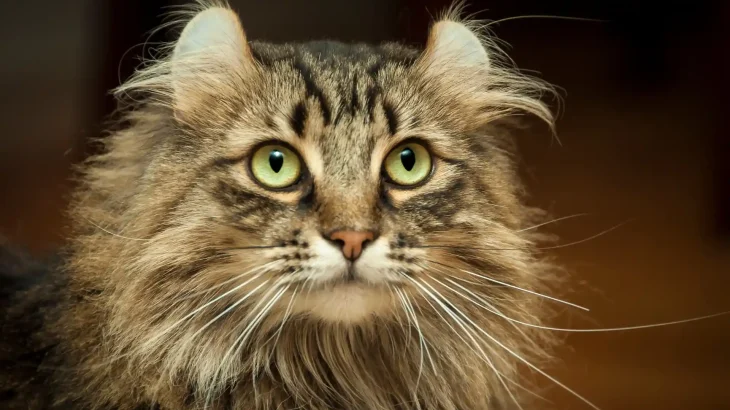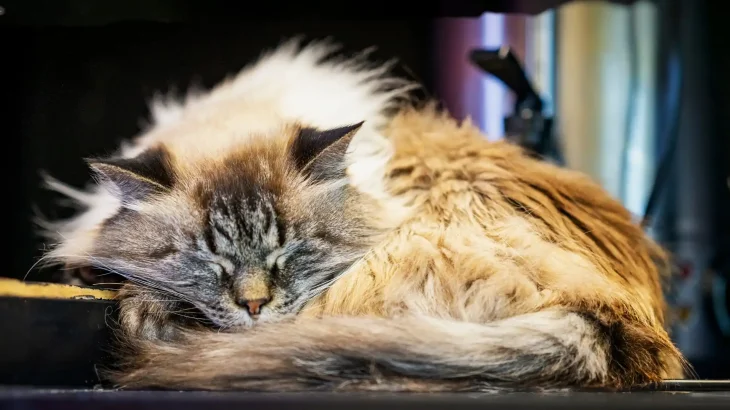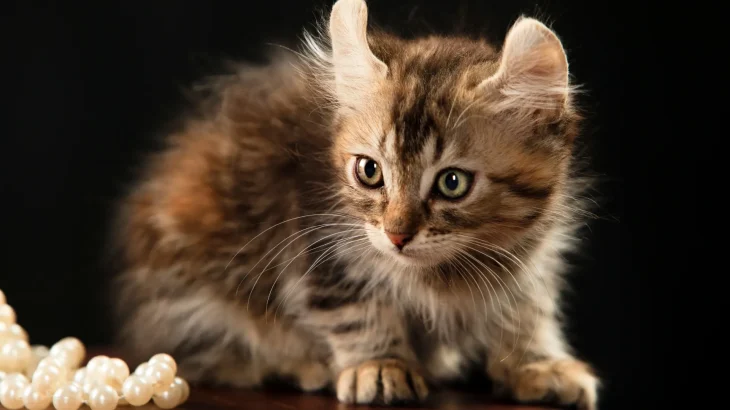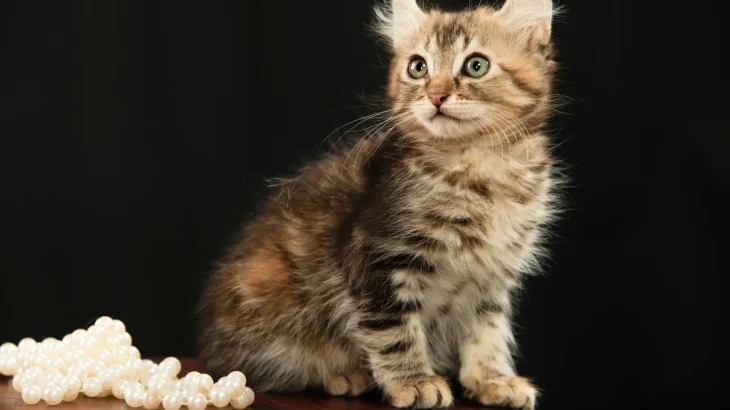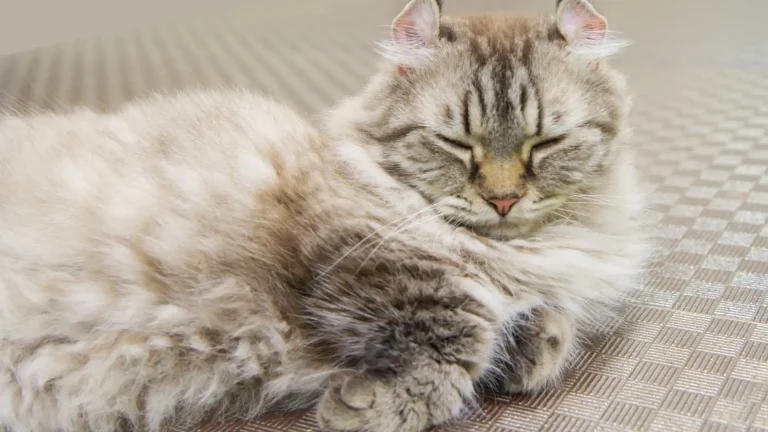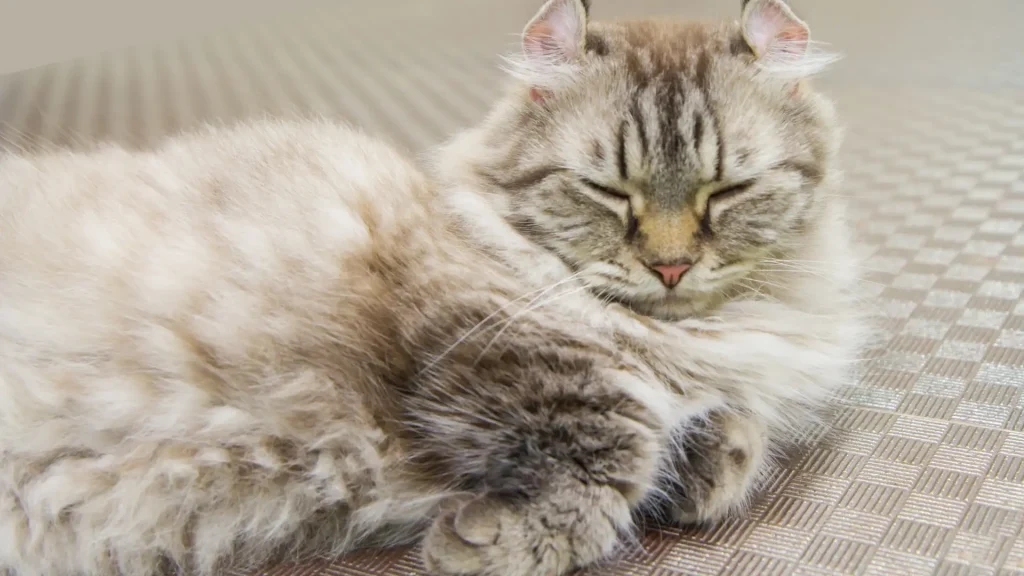When deciding whether to bring a LaPerm kitten into your home through adoption or purchase, it's important to weigh the benefits and considerations specific to each option. Purchasing from a breeder often grants clearer insights into the kitten's pedigree and health background, while adopting offers a chance to provide a loving home to a cat in need, typically with a broader range of ages available.
| Criteria | Buying from Breeder | Adopting from Shelter/Rescue |
|---|---|---|
| Cost | Higher initial cost; purebred LaPerm kittens generally cost more due to breeding expenses. | Lower adoption fees, usually covering initial medical care and vaccinations. |
| Health History | Detailed health records and genetic information usually provided. | Health history may be limited or unknown; shelters perform basic health checks. |
| Age Availability | Usually kittens, permitting early bonding and training. | Varies; LaPerm adults and seniors may be available through breed rescues. |
| Temperament Insight | Breeders can share info about temperament based on lineage and early behavior. | Temperament insight based on shelter observations, but full background may be lacking. |
| Supporting Practices | Supports responsible breeding when choosing ethical breeders. | Supports animal welfare by providing homes for cats in need, reducing shelter populations. |
| Breed Purity & Pedigree | Guaranteed pedigree and adherence to breed standards. | Breed purity may be uncertain; breed rescues often provide more reliable LaPerm placements. |

